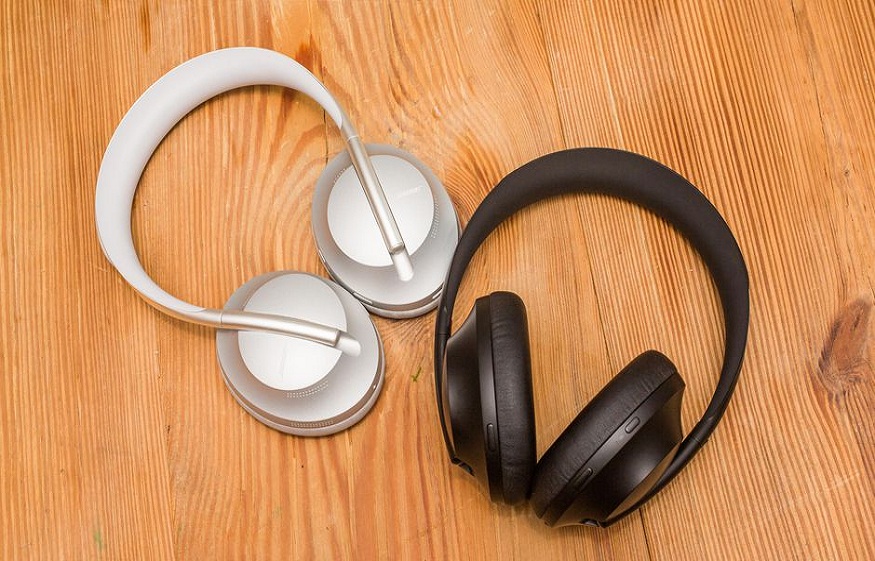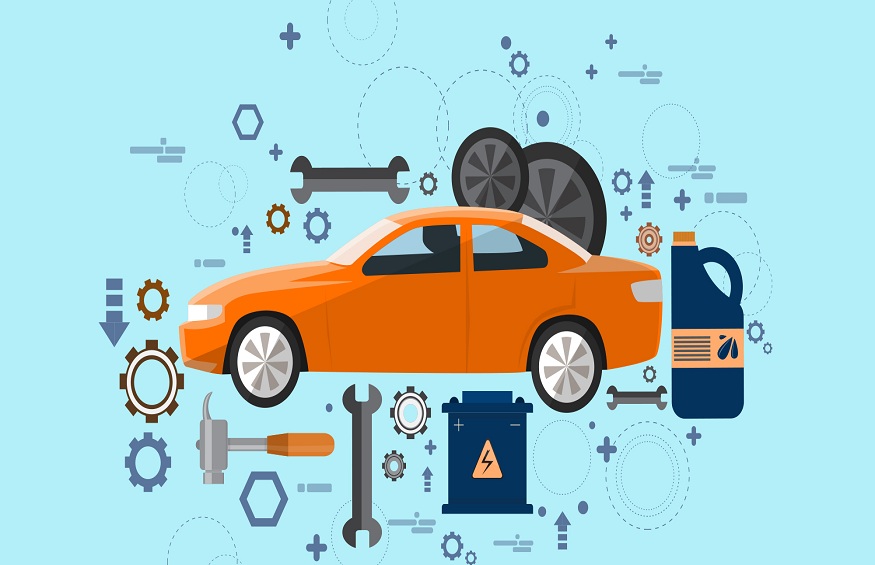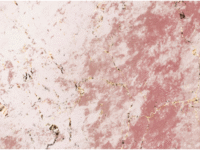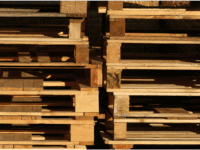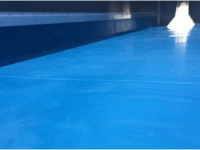Autoclave sterilisation: 5 steps to a stunning clean
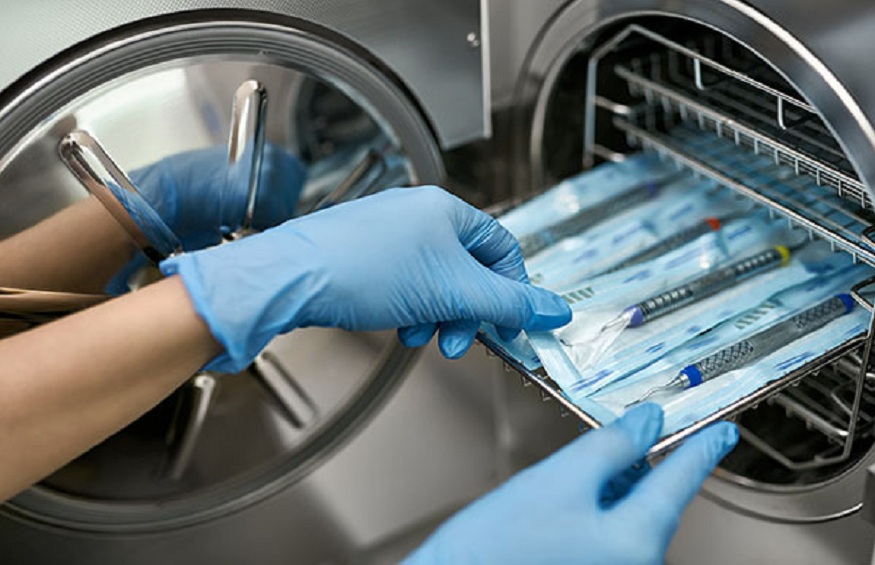
One thing is for sure: you do not want to overlook proper cleaning processes in a medical facility. Subpar practices are the first step towards creating some serious health and safety problems, and so medical professionals should never surpass a thorough cleaning process.
Autoclave sterilisation is pivotal to this process, with these vital machines cleaning medical equipment and a plethora of other items. Here, we will look at the five steps for sterilising success, ensuring that your goods are clean, hygienic and not a risk to anyone’s health and safety.
Let’s take a look at these impressive machines below and why they should always be a part of the medical cleaning process:
The fundamentals
Obviously, these aren’t your everyday household items like, say, a kettle or toaster, so we’ll give you a little rundown on this awesome technology.
They are designed to thoroughly clean medical-grade equipment, as well as waste from international flights (otherwise known as “deplaned waste”). This type of biohazard sterilisation cannot be done lightly, after all, it is the grotty waste you would find on a plane…
Medical waste machines can reach temperatures up to an uber-toasty 132 degrees Celsius, thus killing off all those dangerous microbes and biohazardous bacteria so that you don’t have to worry about them anymore.
How to set up your machine
As you can probably imagine, these complex machines consist of many parts, including where the items are placed, known as the “chamber”. These are typically cylindrical as this is a more cost-effective option for a high pressure, super steamy environment.
The chamber needs to be locked before sterilisation can occur (duh!), with the machine also containing a safety valve and vacuum pump that helps regulate the pressure and temperature so that it doesn’t get too toasty (which can be a real nuisance).
The five steps to sterile success
You can probably imagine just how effective this method is, but you have to follow the right steps to success, which include:
Put your dirty items in the autoclave chamber and lock the door;
The vacuum pump will then suck out all that unwanted chamber airl
The temperature reaches the right level, but just like an oven, you have to wait a while for it to reach the correct temperature. Do not skip the heating process – this technology relies heavily on heat as well as pressure to get the job done properly, so skipping the heating process will only waste your further efforts and produce unwanted outcomes.
The steam will then work its magic, washing over your dirty items until they are crispy clean and ready for another day’s work;
Once the process finishes, the steam will then be released from the chamber – your items are now ready for use or – in the case of hazardous materials – ready for disposal where they can never cause any trouble.
Make sure you have a quality machine!
Correct autoclave sterilisation is an essential part of medical cleaning and waste disposal. This is a good time to note that the last thing you want to do is purchase a shoddy, subpar or used machine.
You should ensure that you purchase a first-hand, high quality machine from a reputable manufacturer and supplier – anything less could be costly and dangerous, with all kinds of expensive repairs and health hazards floating around as a result of a problematic model.
So, now that you know the steps to success, is it time you purchased a high-grade autoclave sterilisation machine?


